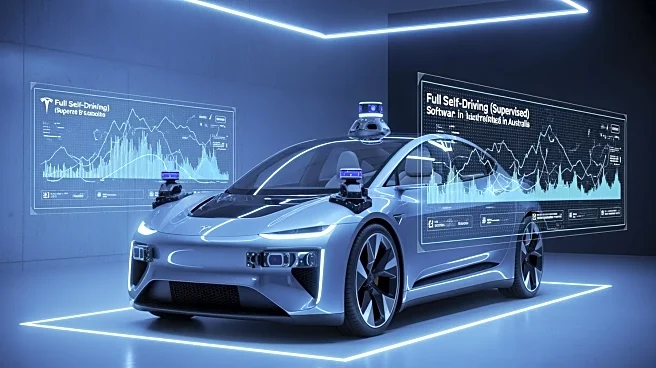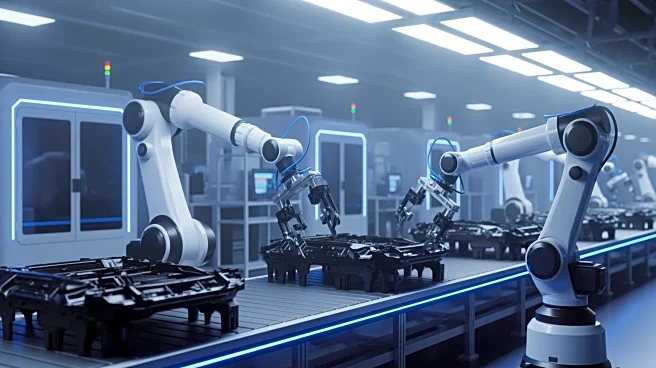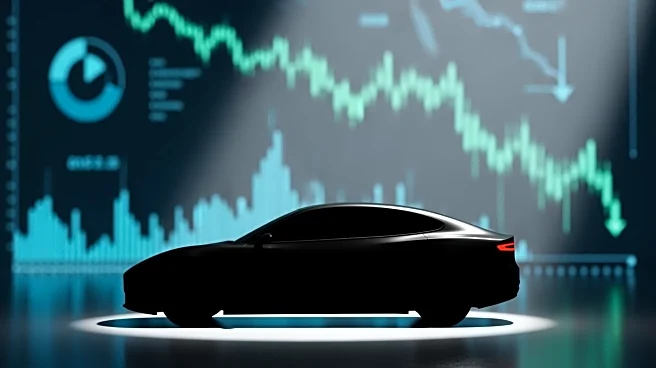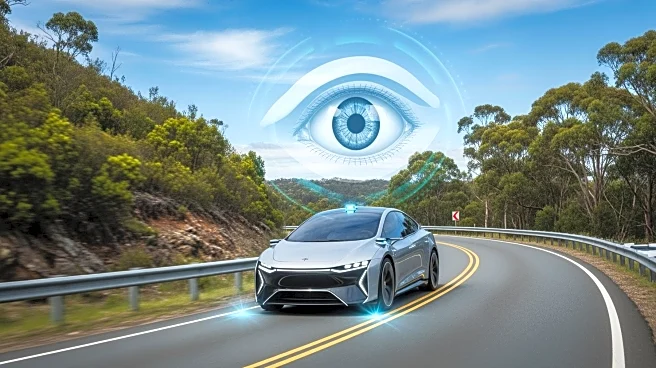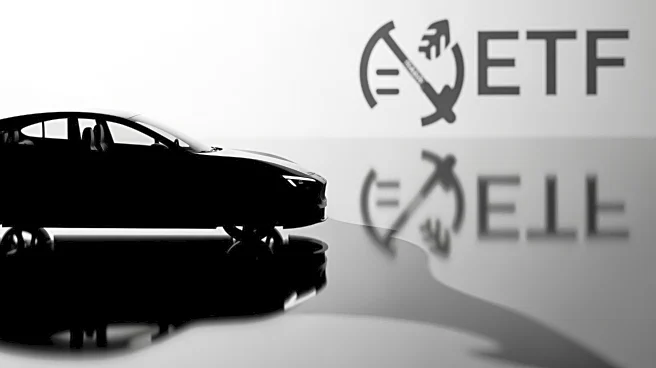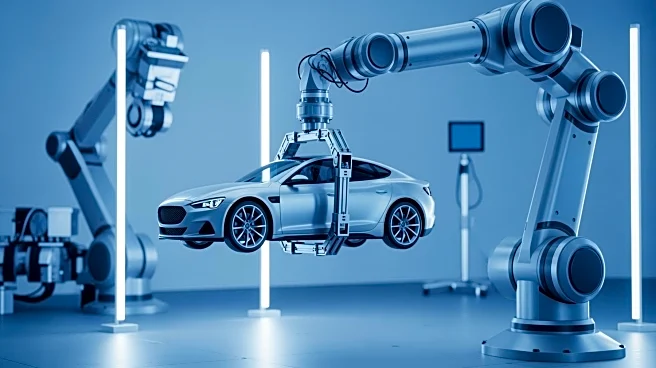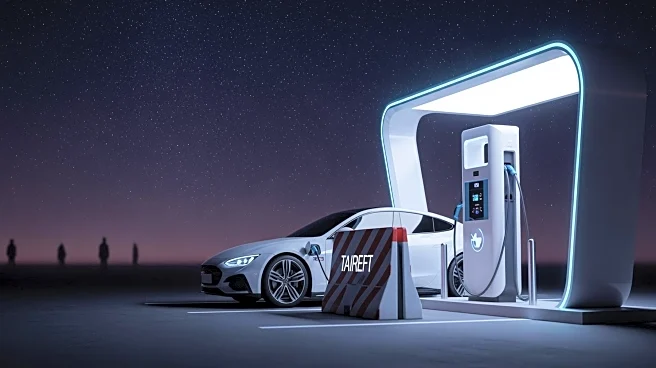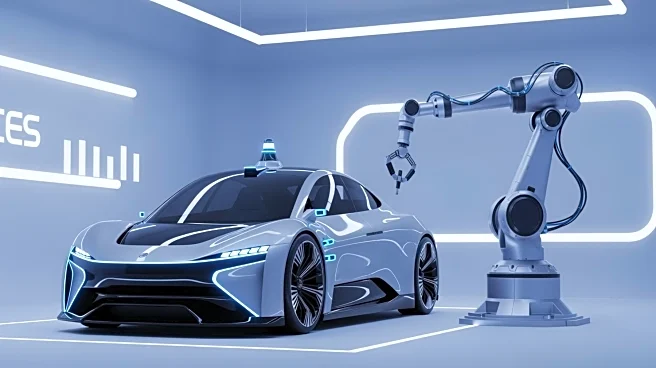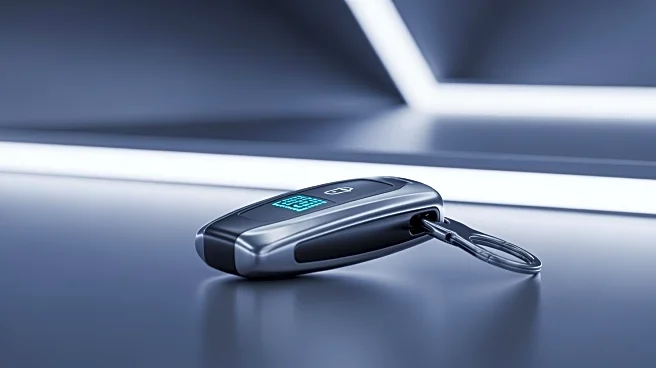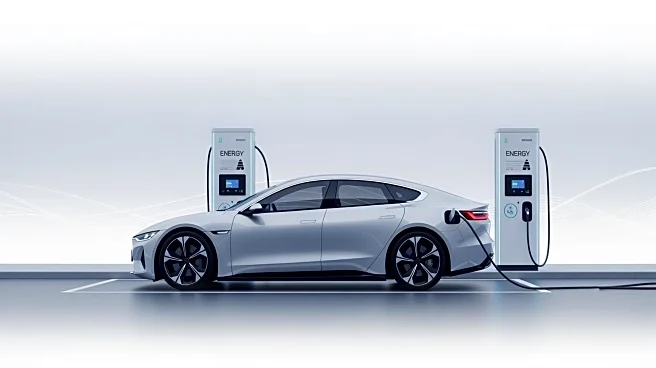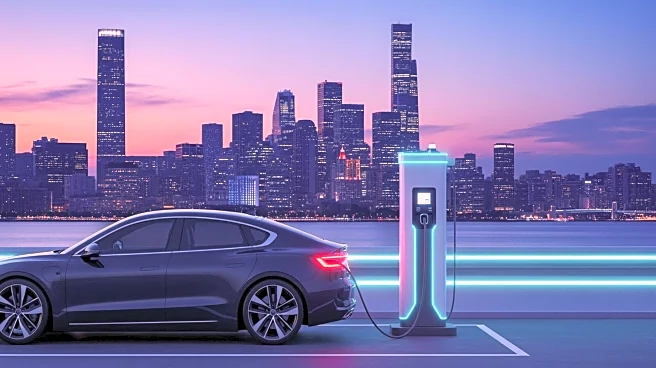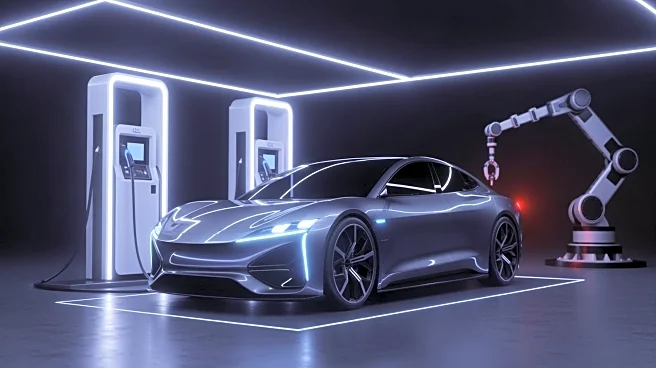What's Happening?
Tesla has introduced its Full Self-Driving (Supervised) software to Australian customers who own a Model 3 or Model Y equipped with the latest Hardware 4 camera system. The software is available for a one-time payment of $10,100 or a monthly fee of $149.
This Level 2 advanced driver assist system requires drivers to comply with all state and federal laws, maintaining full attention and readiness to take control at any moment. The system uses the car's interior camera to ensure driver attentiveness, locking out users who fail to comply with the rules. The software allows the car to drive itself with minimal intervention, although it is not fully autonomous. Drivers can input a destination and start the system via the touchscreen or steering wheel controls.
Why It's Important?
The introduction of Tesla's Full Self-Driving (Supervised) software marks a significant step in the evolution of autonomous driving technology. By offering this advanced driver assist system, Tesla is setting a precedent in the automotive industry, potentially influencing other manufacturers to develop similar technologies. The pricing model reflects the premium nature of the technology, which could impact consumer adoption rates. The system's reliance on driver supervision highlights ongoing challenges in achieving full autonomy, emphasizing the need for continued innovation and regulatory adaptation. This development could lead to increased scrutiny from policymakers and safety advocates, as the technology's implications for road safety and legal accountability are explored.
What's Next?
As Tesla's Full Self-Driving (Supervised) software becomes more widely used, it is likely to prompt discussions among regulators regarding the legal and safety standards for autonomous driving technologies. The company may face pressure to enhance the system's capabilities, potentially integrating additional sensors like radar or LiDAR for improved reliability. Consumer feedback will play a crucial role in shaping future updates and addressing any shortcomings in the software's performance. Additionally, Tesla's competitors may accelerate their own autonomous driving initiatives to keep pace with this technological advancement, potentially leading to a more competitive market landscape.
Beyond the Headlines
The deployment of Tesla's Full Self-Driving (Supervised) software raises ethical questions about the balance between technological innovation and road safety. As the system requires driver supervision, it challenges the notion of true autonomy, highlighting the complexities of transitioning to fully autonomous vehicles. The technology's impact on insurance policies and liability in the event of accidents will be closely monitored, as stakeholders navigate the evolving landscape of autonomous driving. Furthermore, the software's introduction in Australia may serve as a test case for broader international adoption, influencing global standards and consumer expectations.
